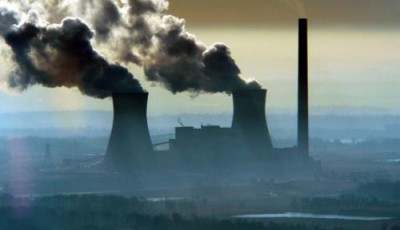A Circular Economy for Europe
18 Jan 2016 – The environmental benefits of adopting a circular economy in Europe could be considerable – reducing waste, and minimizing the continent’s heavy dependence on imports of raw materials.
A new report published by the European Environment Agency (EEA) draws attention to both the benefits and challenges of such an economic transition. The report also describes possible ways to measure progress and highlights the areas where more attention is required from research and policy in order to turn the concept into reality.
“The concept of a circular economy has recently gained traction in European policy making as a positive, solutions-based perspective for achieving economic development while respecting environmental limits. The EEA is prepared to support the transition to a circular economy through analysis and assessments” EEA Executive Director Hans Bruyninckx
The EEA report Circular economy in Europe – Developing the knowledge base describes the concept of the circular economy and outlines its key characteristics.
Creating a circular economy requires fundamental changes throughout the value chain, from product design and production processes to new business models and consumption patterns. Recycling will turn waste into a resource and extending product lifetimes will help preserve natural resources. The European Commission’s 2015 circular economy package plays an important role in bringing this about.
‘The concept of a circular economy has recently gained traction in European policy making as a positive, solutions-based perspective for achieving economic development while respecting environmental limits. The EEA is prepared to support the transition to a circular economy through analysis and assessments,’ said EEA Executive Director Hans Bruyninckx.
Unlike the traditional take-make-consume-dispose approach, a circular economy seeks to respect environmental boundaries through increasing the share of renewable or recyclable resources while reducing the consumption of raw materials and energy. Emissions and loss of resources will thus be reduced.
Approaches such as eco-design, sharing, re-using, repairing, refurbishing and recycling existing products and materials, will play a significant role in maintaining the use of products, components and materials and retaining their value.

Key findings
- The benefits of a transition towards a circular economy in Europe could be considerable, reducing environmental pressures in Europe and beyond and minimising the continent’s high and increasing dependence on imports. Increasingly, this dependence could be a source of vulnerability. Growing global competition for natural resources has contributed to marked increases in price levels and volatility. Circular economy strategies could also result in considerable cost savings, increasing the competitiveness of Europe’s industry while delivering net benefits in terms of job opportunities.
- Challenges: As new circular approaches emerge, frictions between the existing linear system and the new approaches are bound to arise. These may be perceived as threats by some stakeholders, but as opportunities by others.
- Good practice examples exist. For instance, businesses are already employing or experimenting with new business models such as service- and function-based business models and collaborative consumption. Governments increasingly foster waste prevention, reuse and repair.
- A transition requires a substantial expansion of the knowledge base to chart progress and identify where more work is needed to achieve change. Some indicators exist already. For example, Europe is reducing the amount of waste generated and recycles more and more of its waste. But more information is needed to inform decision making and combine thinking about environmental, social and economic impacts. Better insight is needed in production structures and functions, consumption dynamics, finance and fiscal mechanisms, as well as triggers and pathways for technological and social innovations.
The full report is available here







